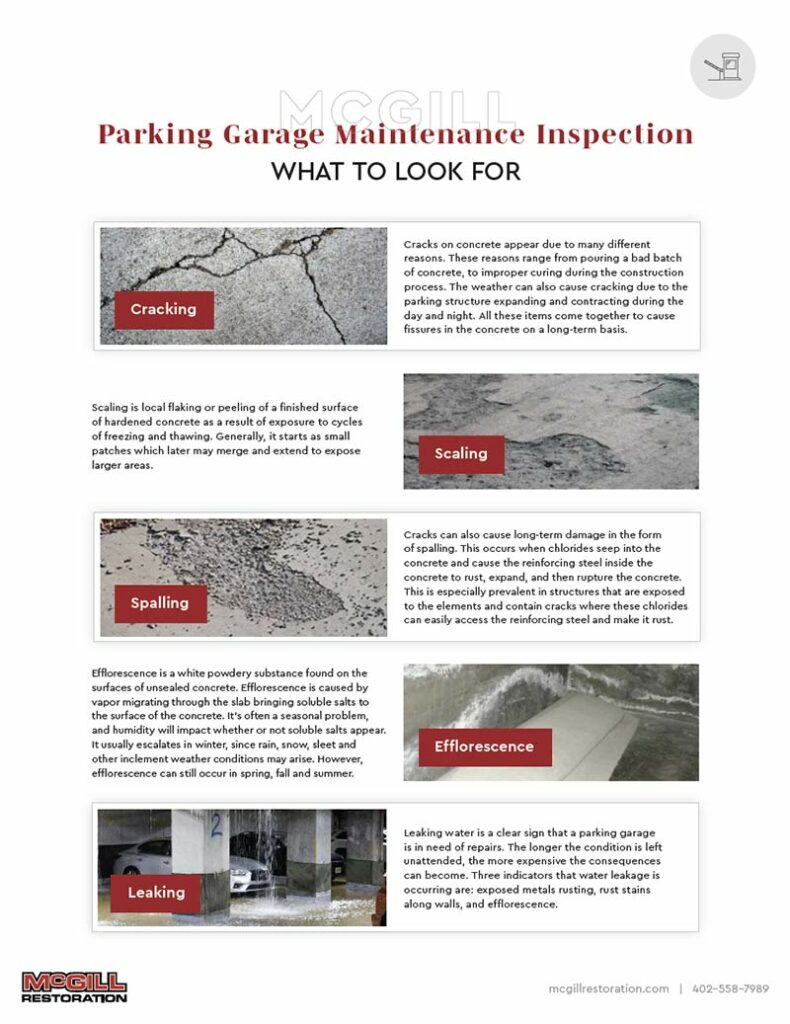U.S. Trends: Make your DOT infrastructure projects last longer with a stronger focus on preventative maintenance.
DOT maintenance is important to provide safe and stable infrastructure to taxpayers. Bridges are especially critical to infrastructure and making repairs and maintenance is trending ahead of new, high-cost infrastructure.
Making existing roadways and bridges last longer is cost-effective and offers more efficient use of tax dollars, and all states and the DOT are realizing this through more robust maintenance programs.
Trends in DOT Maintenance
The modern landscape is using a proactive approach that prioritizes bridge and roadway maintenance and repairs. Investing in new infrastructure has a place for dilapidated and irreplaceable structures but extending the lifespan of existing bridges and roads makes sense from both a cost and practical perspective. And when a bridge or roadway does need to be completely replaced, the DOT project is completed with a stronger emphasis on preventive applications from the jump.
Nebraska Roads and Bridges
In Nebraska specifically, the backlog of bridges requiring repairs was significant. The state has made big efforts to catch up on maintenance backlogs but is also taking initiative on new projects.
For example, they will apply waterproofing membranes below asphalt and add an epoxy overlay on concrete. Between the extra upfront investment for protective measures and increased frequency in inspection cycles, the infrastructure sits in a much better place. Nebraska is a top-ten-ranked state for DOT roads and bridges as a result.
Oklahoma Roads and Bridges
In Oklahoma, the state ranked near the bottom of the DOT rating list for bridges and roadways. Oklahoma made a big push to make structural repairs and bring its infrastructure up to modern code. They now rank in the top ten and the efforts are paying off.
Climate influences the types of coatings and projects done in Oklahoma where freeze/thaw cycles are less intense than in Nebraska. Asphalt decks are used in some bridges but concrete is the favorite. Applying penetrating sealants to protect the concrete is a big aspect of investment dollars that makes these assets last longer for Oklahoma taxpayers and travelers.
Sales Taxes and a New Generation of Engineers
What is driving the modern trends toward more maintenance and an eye for longevity in Nebraska, Oklahoma, and across the nation?
Bridges and infrastructure are being recognized as major assets for both states and local municipalities. Functional and safe infrastructure is good for business, tourism, and for general public safety. Protecting these assets is a common-sense approach to realizing the full life and value of DOT infrastructure assets.
We also live in a changing world where the impact of natural disasters and major weather events is taking a toll on infrastructure. Flooding in Nebraska, for example, has revealed the vulnerability of bridges and shown how they can crumble under pressure when not properly maintained.
A new generation of engineers is rising up the ranks and has been raised around solving these problems, with the focus shifting to help prepare and mitigate before disaster strikes. Moreover, in Lincoln, NE, a greater focus on utilizing sales taxes on street improvements positively increased monetary allocations to fixing and maintaining roads. Many municipalities and states are moving in the same direction.
While more money expands the ability to maintain roads and bridges, it also means fewer new projects will be required in the future. It’s very expensive to tear down and replace failed bridges. Preventative maintenance to extend the asset life is simply more cost-effective than early replacement.
In the case of railroad bridges, the costs associated with a down bridge are immense. The preventative maintenance may seem like overkill upfront, but stakeholders want 100 years of service from each bridge. Doing things correctly upfront makes this possible and saves on the costs of rebuilds and interrupted rail traffic.
The DOT is also listening to contractors and engineers to help plan. The AGC (Association of General Contractors of Nebraska) is opening new doorways by communicating professional opinions directly. DOT is also reaching out to private engineering firms for more oversight of projects rather than leaning on inspectors. This ensures projects are completed to specifications and plans.
Types of Infrastructure Maintenance
At McGill Restoration, our specialized skills serve several types of DOT and infrastructure projects across the Midwest and beyond. Waterproofing and sealing new bridges is a large segment of our work. Sealing concrete roads and culverts, decorative finish applications, and anti-graffiti coatings are also common in our workload.
Ultimately, bridges are among the most valued and vulnerable assets. We work hard to ensure they are structurally sound by doing concrete repairs, and that they are protected by applying both waterproofing membranes and sealants.
When your team begins planning a DOT or infrastructure project and wants to discuss the benefits of waterproofing and sealing your investment, reach out to the experts at McGill Restoration. We are always here to help.



